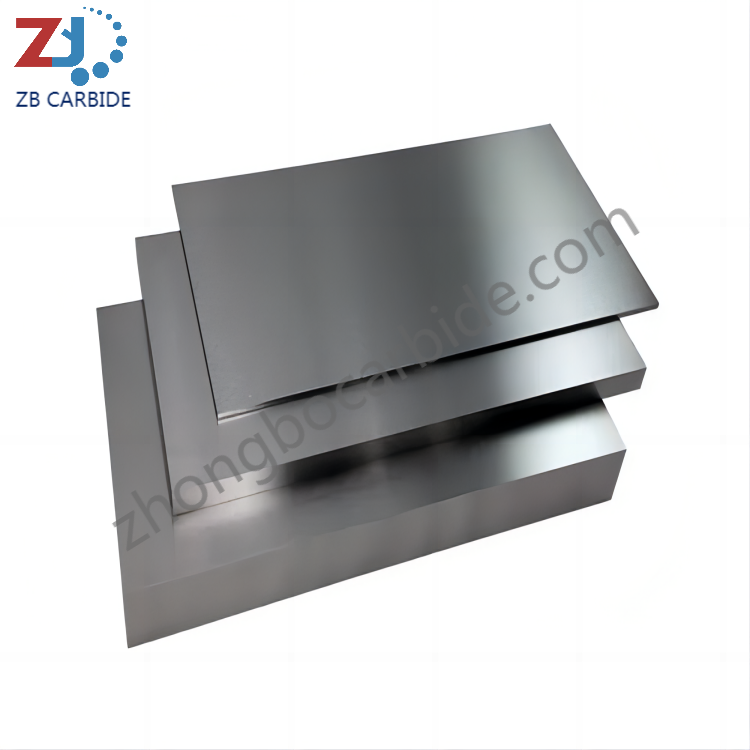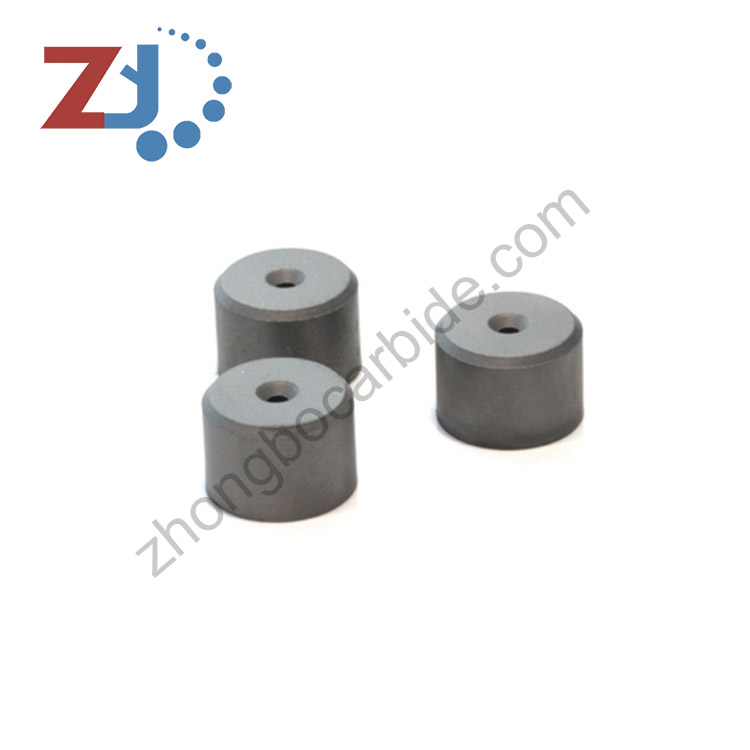
Carbide drawing bars are indispensable tools in the manufacturing industry, valued for their strength, durability, and precision. Whether used in metalworking, machining, or industrial applications, these carbide bars play a crucial role in shaping and forming materials with accuracy and efficiency. However, proper storage and care are essential to maintain the performance and longevity of carbide drawing bars. In this comprehensive guide, we'll delve into the intricacies of storing and caring for carbide drawing bars, exploring best practices, common pitfalls, and expert tips to ensure that your carbide bars remain in top condition for years to come.
Understanding Carbide Drawing Bar
Carbide drawing bars, also known as tungsten carbide rods or carbide blanks, are solid cylindrical bars made from a composite material of tungsten and carbon. This unique combination results in a material that is exceptionally hard, wear-resistant, and capable of withstanding high temperatures and pressures. Carbide drawing bars are commonly used in various manufacturing processes, including wire drawing, metal forming, extrusion, and machining, where they serve as dies, guides, or tooling components.
Proper storage is essential to prevent damage, corrosion, or deformation of carbide drawing bars. Improper storage conditions can lead to surface oxidation, contamination, or loss of dimensional accuracy, compromising the performance and integrity of the carbide bars. By following best practices for storage, manufacturers can ensure that their carbide drawing bars remain in optimal condition and ready for use when needed.
Best Practices for Storing Carbide Drawing Bar
●Clean and Dry Environment: Store carbide drawing bars in a clean, dry environment free from moisture, humidity, and contaminants. Moisture can cause corrosion or rusting of the carbide bars, while contaminants such as dirt, oil, or debris can affect their surface finish or dimensional accuracy. Use sealed containers or cabinets to protect the carbide bars from environmental factors.
●Proper Handling: Handle carbide drawing bars with care to avoid chipping, scratching, or dropping them. Use protective gloves or handling tools when moving or transporting the carbide bars to prevent damage to their surface or edges. Avoid stacking carbide bars directly on top of each other to prevent potential damage or deformation.
●Individual Packaging: Store carbide drawing bars individually or in small batches to prevent contact or friction between bars. Wrap each carbide bar in protective packaging, such as foam inserts, plastic sleeves, or anti-corrosion paper, to provide an additional layer of protection against damage or contamination. Label each package with the type, size, and specifications of the carbide bars for easy identification.

●Temperature and Humidity Control: Maintain stable temperature and humidity levels in the storage area to prevent fluctuations that could affect the integrity of the carbide drawing bars. Extreme temperatures or humidity can cause expansion or contraction of the carbide material, leading to dimensional changes or stress within the bars. Use climate-controlled storage facilities or dehumidifiers to regulate environmental conditions.
●Regular Inspection: Periodically inspect carbide drawing bars for signs of damage, corrosion, or deterioration. Check for any surface irregularities, discoloration, or changes in dimensions that may indicate potential issues with the carbide bars. Address any issues promptly by cleaning, re-packaging, or replacing damaged carbide bars to prevent further damage or deterioration.
Caring for Carbide Drawing Bar
●Cleaning: Clean carbide drawing bars regularly to remove any dirt, oil, or contaminants that may accumulate on the surface. Use a mild solvent or cleaning solution and a soft cloth or brush to gently wipe away any residue. Avoid harsh chemicals or abrasive cleaners that may damage the carbide material.
●Rust Prevention: Apply a thin layer of rust inhibitor or corrosion-resistant coating to the surface of carbide drawing bars to protect against oxidation or rusting. Choose a suitable rust inhibitor that is compatible with carbide materials and follow the manufacturer's recommendations for application and drying times.
●Lubrication: Apply a light coating of lubricant or cutting fluid to carbide drawing bars before use to reduce friction and wear during machining or forming operations. Use a lubricant that is compatible with carbide materials and provides adequate lubrication for the specific application. Avoid excessive lubrication, as it may attract contaminants or interfere with the machining process.
●Sharpening and Maintenance: Periodically inspect carbide drawing bars for signs of wear or dullness, and sharpen or recondition them as needed. Use a diamond grinding wheel or abrasive stone to carefully sharpen the cutting edges or surfaces of the carbide bars. Follow proper grinding techniques and safety precautions to avoid overheating or damaging the carbide material.
Conclusion
In conclusion, proper storage and care are essential to maintain the performance and longevity of carbide drawing bars. By following best practices for storage, handling, cleaning, and maintenance, manufacturers can ensure that their carbide bars remain in optimal condition and ready for use when needed. From maintaining a clean and dry environment to regular inspection and maintenance, every step in the storage and care process plays a crucial role in preserving the integrity and performance of carbide drawing bars. By incorporating these best practices into their operations, manufacturers can maximize the value and lifespan of their carbide bars, ensuring reliable performance and consistent results in their manufacturing processes.


























